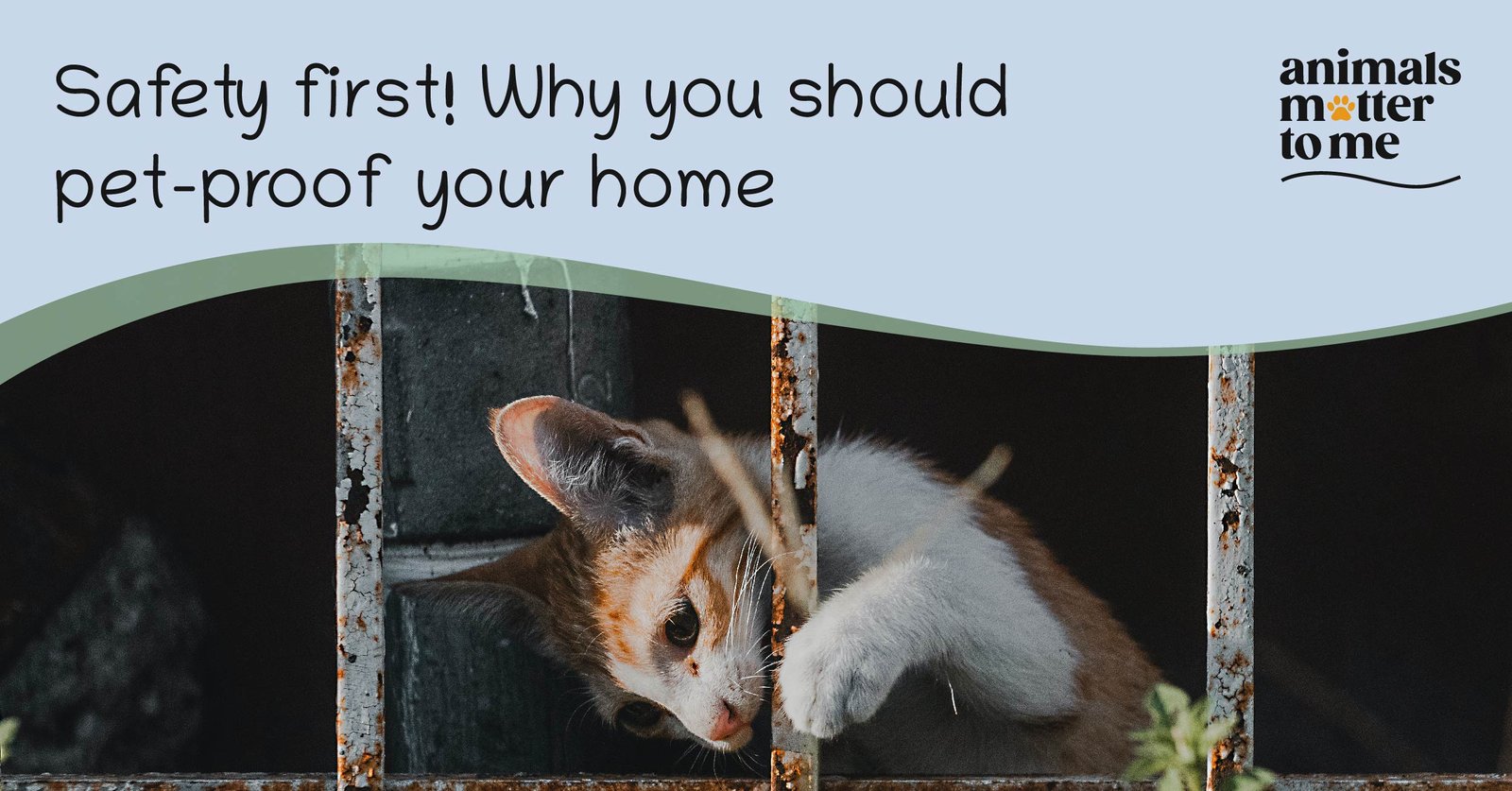The companionship between dogs and humans go back to mythologies and legends. We have learnt a lot about them from their food habits and preferences to behavioural patterns. However, even about twelve thousand years later, there are a number of myths about dogs that still abound.
Today, we are going to debunk the 5 most common misconceptions about dogs that may help you and them alike.
- Wagging tail means a happy dog
A wagging tail represents a lot more than happiness and friendliness. Be careful because misinterpreting this sign can get you bitten. Tail wagging can mean happiness, excitement and alertness but also signal fear, anxiety, or be a prelude to aggression. Always evaluate the entire body language of the dog for both of your sakes.
- Dry nose indicates illness
It’s often believed that a healthy dog has a cold, wet nose. However, warm or dry noses are completely normal for dogs. Wetness, dryness, or the temperature of the dog’s nose can vary with normal daily activities and is not a reliable indicator of health or illness. However, if it’s accompanied by other symptoms like lethargy, vomiting or diarrhoea, or changes in activity or appetite, it’s advisable to contact a vet.
- All dogs are good swimmers
Some people mistakenly believe all dogs are natural swimmers. While dogs do love being in water, not all of them are good at swimming.
Read about the various breeds of dogs and their swimming capabilities with reasoning
- Raw meat is the best diet for dogs
Raw meat is an unbalanced diet and can be dangerous for dogs. A raw-meat diet can leave dogs short on nutrients leading to various deficiencies. Properly cooking meat and carbohydrates can make the food more digestible, effectively producing energy, building muscles and supporting their immune systems. Raw meat is also risky because it can carry harmful bacteria, disease, and parasites.
- Dogs and cats are mortal enemies.
Dogs are naturally curious creatures while cats are independent, choosy animals and it’s this dynamic that has given rise to this myth in the first place. When a dog sees a cat running away from him, his first instinct is to run after her, which scares the cat, further intensifying the belief. However, dogs and cats can get along just fine as long as they are properly introduced and socialised.
It’s easy to understand how misconceptions can spread but now it’s your turn as a well-informed animal lover to set the record straight. The next time you hear one of these dog myths from a friend, tell them where to fetch the truth!




